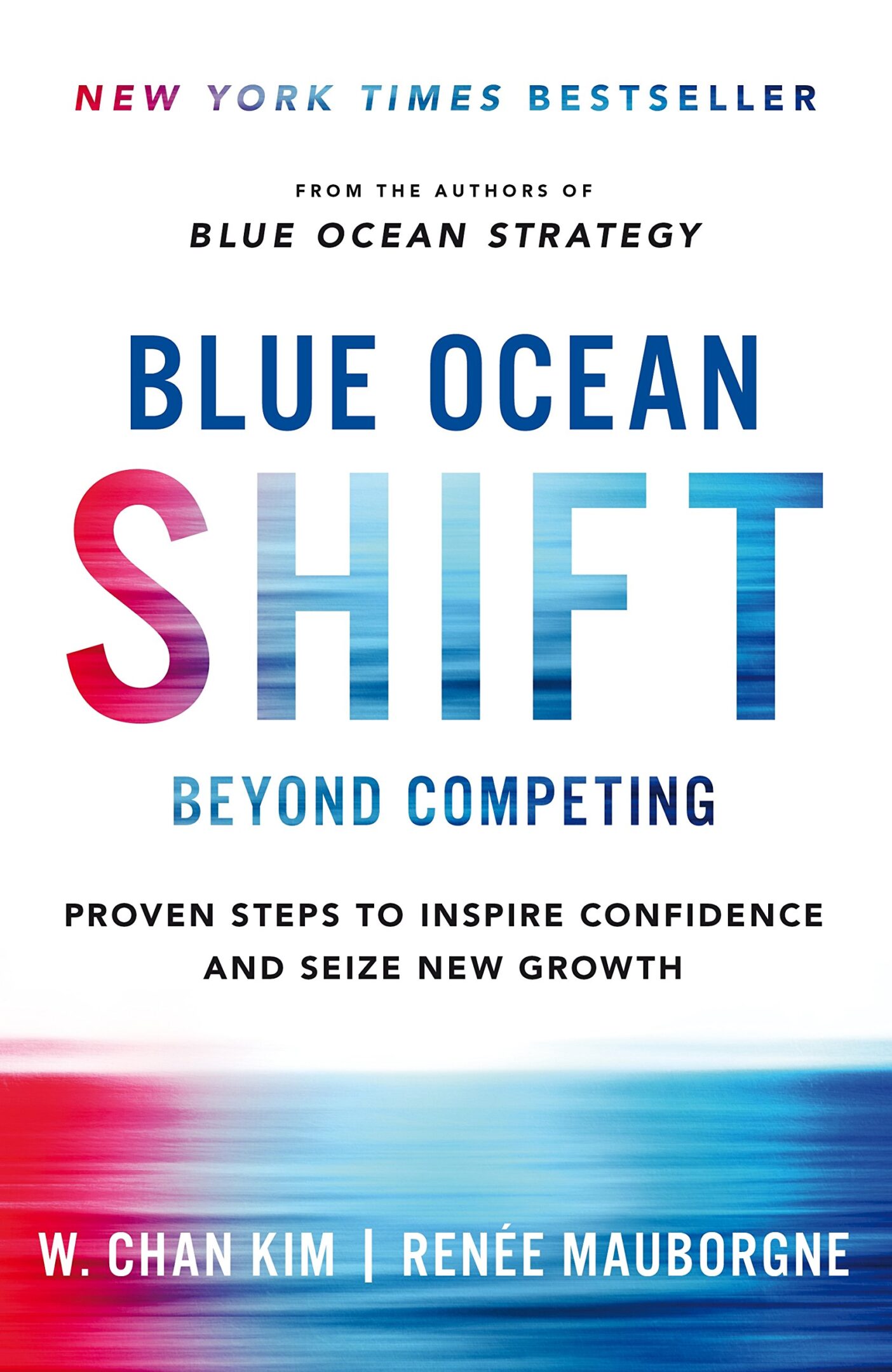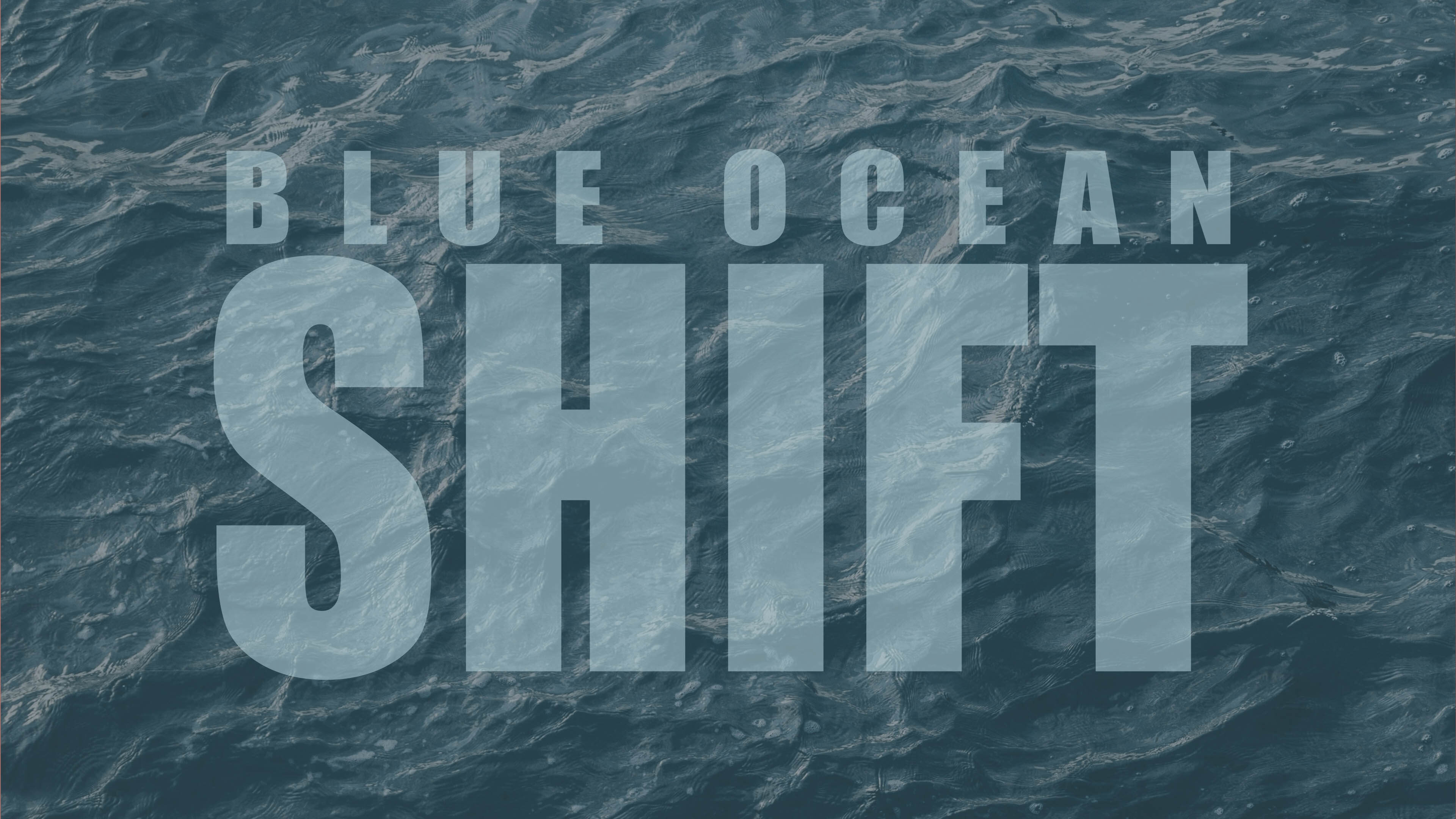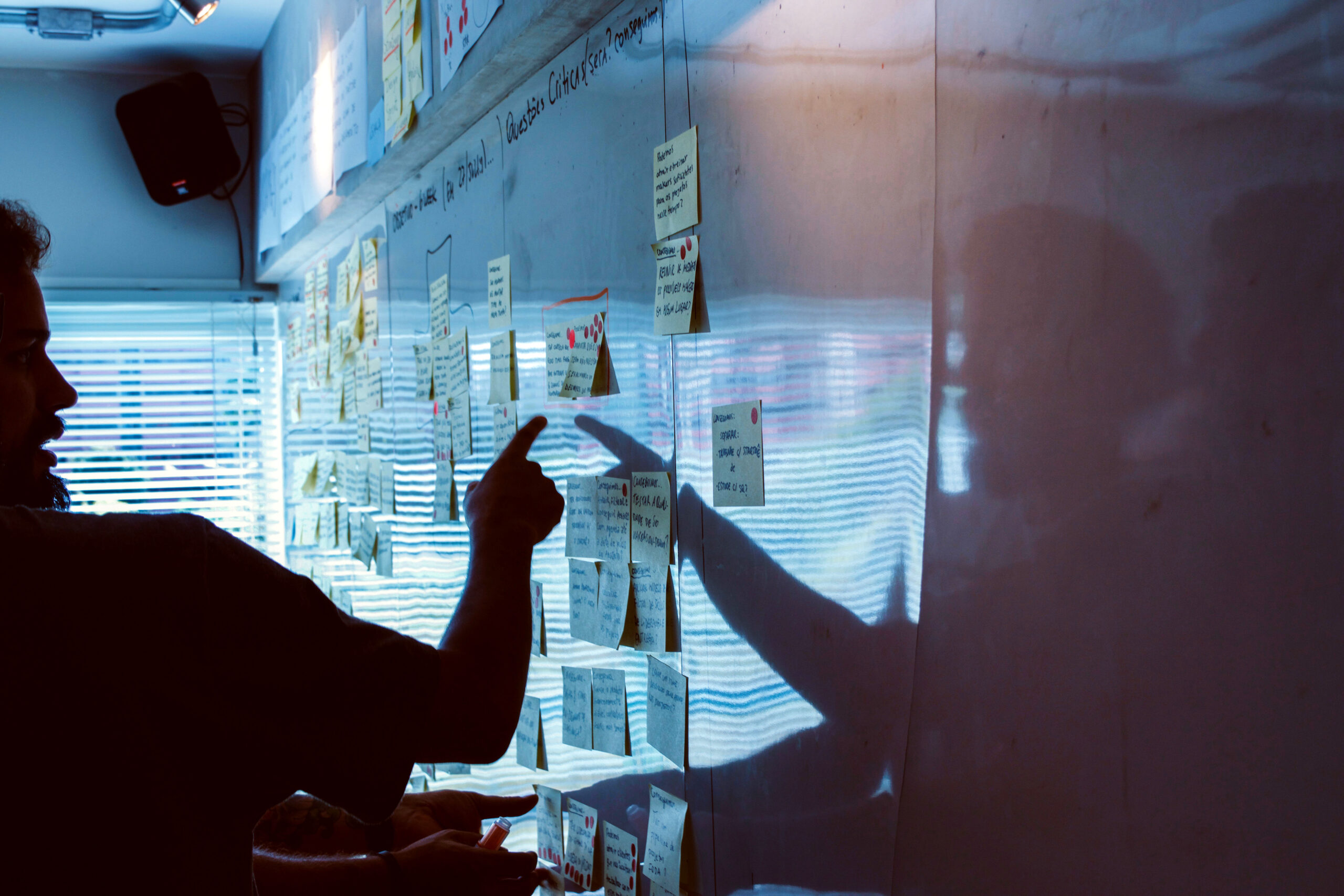Overview
Looking for business ideas where there is no competition, where it is all wide-open blue ocean, uncharted territory. Transcend the competition with a “blue ocean shift” and a blue ocean team of 10-15 people.
New markets are:
- Disruptive – Digital photography vs. film based
- Non-disruptive – Viagra (or MySpace before Facebook came along)
- Both disruptive and non-disruptive
4 Traits of Perspective Shift
- Thinks of industry conditions as malleable (we don’t have to do it the conventional way).
- Don’t beat the competition. Make them obsolete.
- Produce a new demand (did not previously exist)
- Low cost and distinct
3 Elements of Humanness
- Atomization – be able to break down the overwhelming into bite-sized pieces, focusing on one at a time
- First-hand discovery – each person on the team need to find new ways to think for themselves through their own experience
- Fair process – following three principles
- Engagement – Bring stakeholders into the decision making process
- Explanation – Clear breakdown of decisions and ideas that are rejected
- Clear expectations- What will people experience and what will the responsibilities entail
The philosophies above are the underlying principles behind the “The 5 Blue Ocean Tools”, which is a process (or framework) the authors have invented to create a Blue Ocean Shift within a company. The goal behind the process outlined below is to incorporate the elements of humanness as we shift our perspective and discover new markets.
A focus on the competition too often anchors companies in the red ocean, and puts the competitors, rather than the customer, at the core of strategy.
- W. Chan Kim & Renée Mauborgne Tweet
5 Blue Ocean Steps
STEP 1) pioneer – migrator – settler map of your products
- This lets you assess your organization’s current products or services so that you know where you stand in your market.
- Draw a square with three columns, one for each category.
- Draw circles reflective of total revenue presented by each of the three categories.
- The more your business depends on settlers, the more vulnerable it will be in the future. Endeavor to create larger pioneer circles and move your migrators up a row.
STEP 2) Strategy canvas
- Here you plot on a graph your competitive value against that of your rival
- Pick 5 to 12 key competitor factors and list them on the horizontal axis.
- On the vertical axis rate yourself versus your rival(s) on a scale of 1 to 5.
- If your curves are similar to the competition, then you are in a red ocean.
STEP 3) Hidden pain points
- Create a buyer utility map, 6 rows and columns.
- Columns are the buyer experience cycle: namely purchase, delivery, use, supplements, maintenance, disposal
- Rows are the six utility levers: customer productivity, simplicity, convenience, risk reduction, fun and image, environmental friendliness
- Consider all 36 cells of the table and consider which pain points your industry addresses and which can be eliminated.
STEP 4) Six paths framework + Four actions framework
Six Paths
- Look over alternative industries and determine how customers choose one industry or direction over another.
- Assess the chain of buyers. Who pays for it? Who makes the purchasing decision and who influences those decisions? Focus on the ones your industry currently ignores.
- Consider the greater solution that buyers are seeking. Assess the context your product operates in and identify what occurs before, during, and after its use. For example, perhaps you sell great tea kettles but notice people must scrub lime scale out of the kettle. Perhaps include a filter that removes the scale automatically.
- Rethink the balance of functionality and emotion within your industry. Are current solutions only solving functionality but not the emotional needs or vice versa?
- Pick the best ones and put them into practice.
- Shape external trends that impact your industry identifying those that affect you, or at least consider ways to adapt to these trends if you can’t shape them.
Four Actions
- What factors does your industry take for granted that could just as easily be eliminated? The book uses illuminating the front desk and a concierge for having a luxury hotel.
- What factors could be reduced well below current industry standard? Where is the industry overdelivering that the customers don’t really care about?
- Which factor should be raised well above industry standard? Where is the industry currently underdelivering?
- What has never been offered before and should be created?
STEP 5) Pick the best one and put it into practice.
Have a meeting and invite all the stakeholders, which may include customers, partner suppliers, and internal people. Present your solutions including strategy, canvas, and actions framework and allow people to vote with Post-it notes for what they found most compelling. Collect feedback.
An effective blue ocean strategy has three complementary qualities: focus, divergence and a compelling tagline.
- W. Chan Kim & Renée Mauborgne Tweet






